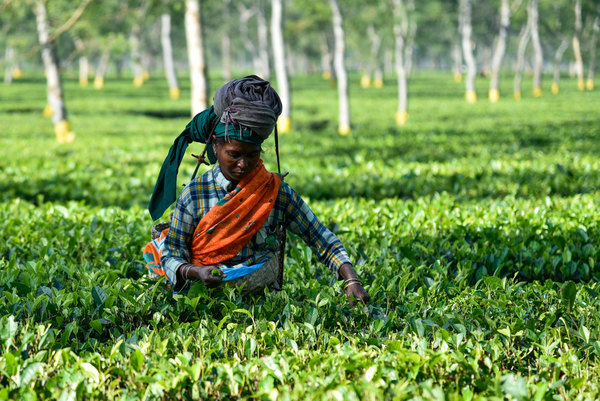International Day for Biological Diversity
Today, May 22nd 2007, is “International Day for Biological Diversity”. As designated by the Secretariat of the Convention on Biological Diversity, the theme of the day, this year, is to raise awareness of the link between Biodiversity and Climate Change. If you visit here, the Secretariat has provided resources (posters and videos) in six different…
Hunting both animals and plants
Many people are aware of the negative effects of hunting on the species that are being hunted, especially on large-bodied, slow-reproducing forest vertebrates, but have you ever considered the knock-on effects on the plant community in those same ecosystems? The latest issue of Biotropica (vol. 39, no. 3) features a special section on the ‘Pervasive…
Virus Threatens Scotland’s Red Squirrels
The first case of a red squirrel in Scotland dying as a result of the squirrelpox virus has sadly been reported by Scottish Natural Heritage. The red squirrel (Sciurus vulgaris) is one of the most threatened species of mammal in the UK, and Scotland supports 75% of the UK’s remaining red squirrel population. Squirrelpox virus…
The art of…boiling broccoli
Anyone out there still boiling your broccoli – stop now! Research from the University of Warwick says that this treatment seriously reduces the cancer fighting glucosinolate content- up to 77% if you do it for half an hour. They also suggest that freezing is not the best way to store these vegetables as it also…
Taking the sting out of nettles
A colleague has just told me that it’s ‘Be Nice to Nettles Week’ – I know it may seem strange to celebrate the merits of such a commonplace plant but the humble nettle has many uses. I have sampled nettle soup and Cornish Yarg wrapped in nettles reputedly to encourage the cheese to ripen (although…
Disturbing Soil Has Disturbing Effects on Forest Carbon
Forests are seen as a major plank in trying to reduce carbon emissions to mitigate climate change. According to the rules of the Kyoto Protocol and of the United Nations Framework Convention on Climate Change, forestry can generate a sink for greenhouse gases that can contribute to meeting the national commitments to emissions reductions. However,…
Will new parasite hinder UK otter recovery?
Is a new ‘mystery parasite’ likely to stop the recovery of the UK otter population? It appears that we can hope not, but can’t yet be sure. I recently came across a mention in the magazine of the local wildlife trust of such a parasite spreading through otter populations in the south-west of England. The…
Insect protein: an alternative to fish meal?
Fish meal and oil are major components of feed for farmed fish, particularly carnivorous species. Fish meal, however, is a finite resource which cannot be produced in sufficient quantities to sustain the current growth in aquaculture; its rising cost is another cause for concern amongst fish farmers. Research into alternatives to fish meal is now…
Melamine: important information being ignored?
The saga of the pet food contamination in North America (‘The Recall’ as it is now being called) rumbles on with some murky new twists. The culprit seems to be a chemical called melamine, an industrial chemical that boosts the nitrogen content of food giving it the appearance of having higher protein content. There are…
Cod this mean the end for Gadus morhua?
I was planning a brief summary of cod wars and arguments over fishing zones, but after a little digging I found that many countries, particularly the UK, have been involved in a row over cod fishing at one time or another, and I just don’t have time to go into it all.So, the point is…


